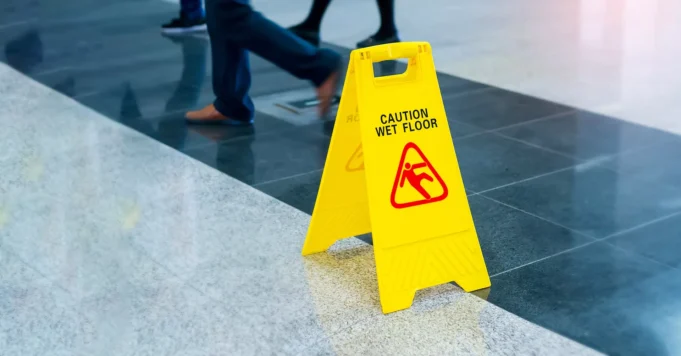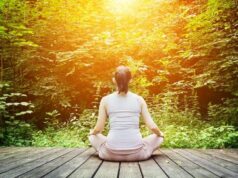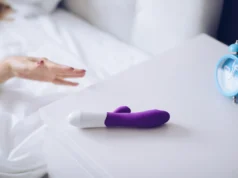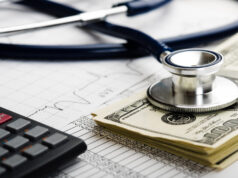Accidents can strike when least expected, and among the most common yet preventable ones are slip and fall accidents. Whether it’s at home, at work, or out in public spaces, these incidents can lead to serious injuries. To protect ourselves and others, it’s crucial to understand the causes of slip and fall accidents and implement effective prevention strategies. This comprehensive guide will delve into the root causes of these accidents and provide actionable ways to prevent them.
Causes of Slip and Fall Accidents
Identifying Hazardous Conditions
Slip and fall accidents often occur due to hazardous conditions in various environments. Recognizing and addressing these dangers is vital for creating safer surroundings.
Negligence in Maintenance
One of the primary culprits behind slip and fall accidents is negligence in maintenance. When sidewalks, floors, or other surfaces are not adequately cared for, they become potential hazards. Cracks, uneven surfaces, and loose tiles can easily trip up unsuspecting individuals.
Actionable Tip: Regular upkeep and maintenance of walkways and premises are crucial to preventing accidents. Property owners and managers should prioritize these tasks to ensure safety.
Weather-Related Hazards
Mother Nature can play a significant role in slip and fall accidents. Rain, snow, and ice can make surfaces slippery and treacherous.
Actionable Tip: When navigating through inclement weather, wear appropriate footwear with good traction and take smaller, cautious steps. Use salt or sand to improve traction on icy surfaces.
Human Factors and Contributing Causes
Understanding the human elements involved in slip and fall accidents is equally important. Often, our behaviors and choices contribute to these incidents.
Footwear Choices
The type of footwear worn can greatly affect stability and balance. Inappropriate or worn-out shoes can increase the risk of slipping and falling.
Actionable Tip: Choose footwear that is suitable for the environment. For instance, wear shoes with good grip when walking on slippery surfaces, and replace worn-out soles promptly.
Distractions and Multitasking
In today’s fast-paced world, distractions are everywhere. Multitasking while walking can lead to a lack of focus on one’s surroundings, making accidents more likely.
Actionable Tip: Stay mindful and focused when walking, especially in potentially hazardous areas. Avoid distractions like texting, scrolling through your phone, or reading while walking.
Prevention Strategies
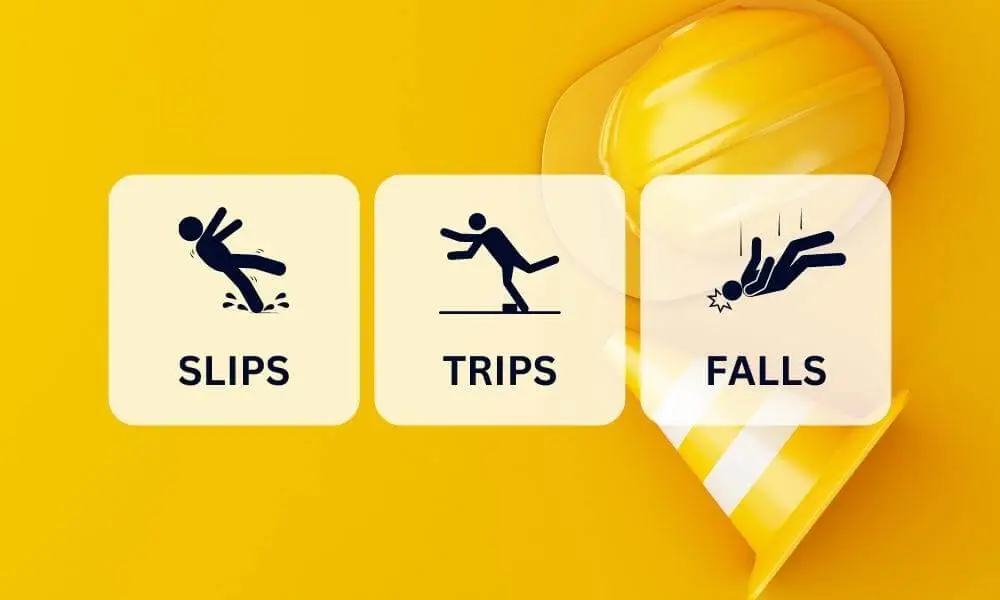
Workplace Safety Measures
Workplaces are common locations for slip and fall accidents, and both employers and employees have a role to play in preventing them. Workplace safety standards emphasize the need for proper precautions to minimize risks and ensure a secure environment.
Floor Maintenance
Proper floor maintenance in the workplace is crucial. Neglected floors can become slippery due to spills, dust, or wear and tear.
Actionable Tip: Implement regular cleaning and maintenance schedules for workplace floors. Promptly address spills and hazards to keep walkways safe.
Employee Training
Creating a safety-first culture in the workplace is essential. Comprehensive employee training programs can go a long way in achieving this goal.
Actionable Tip: Train employees to be aware of their surroundings and report potential hazards promptly. Encourage open communication about safety concerns.
Home Safety Tips
Safety should extend to our homes as well. Implementing safety measures within our living spaces is vital for preventing slip and fall accidents.
Proper Lighting
Insufficient lighting can make it difficult to see potential hazards, leading to accidents, especially at night.
Actionable Tip: Ensure proper lighting in all areas of your home, including hallways, staircases, and outdoor walkways. Use motion-activated lights for added convenience and safety.
Clearing Walkways
Cluttered and obstructed walkways are breeding grounds for accidents. Keeping paths clear is essential.
Actionable Tip: Regularly check and clear walkways of any obstacles, such as toys, cords, or loose rugs. Use non-slip mats in high-risk areas like the bathroom.
Common Injuries Resulting from Slip and Fall Accidents
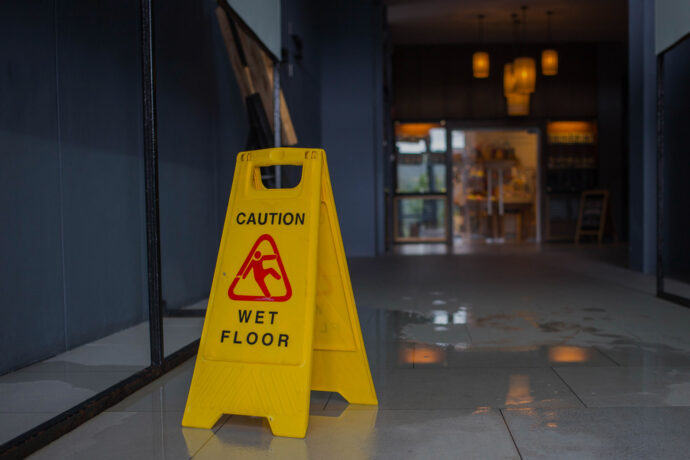
Understanding the potential consequences of slip and fall accidents underscores the importance of prevention.
Common injuries resulting from slip and fall accidents include:
- Fractures: Broken bones, particularly wrists, arms, ankles, and hips, are common in slip and fall accidents.
- Head Injuries: Traumatic brain injuries, concussions, and other head injuries can occur when the head hits a hard surface during a fall.
- Sprains and Strains: Soft tissue injuries, such as sprained wrists, ankles, or twisted knees, are frequently seen.
- Back Injuries: Falls can lead to back injuries, including herniated discs and spinal cord injuries.
- Bruises and Abrasions: Minor injuries like bruises and scrapes are common but can still be painful.
Legal Aspects and Compensation
In cases where negligence plays a role in slip and fall accidents, legal action may be necessary. Understanding the legal aspects and the potential for compensation is essential.
- Liability: Determine who is liable for the accident, whether it’s a property owner, employer, or another party.
- Evidence: Gather evidence, such as photographs, witness statements, and medical records, to support your case.
- Consulting an Attorney: If you believe you are entitled to compensation, consult with a personal injury attorney experienced in slip and fall cases. Visit here for more info.
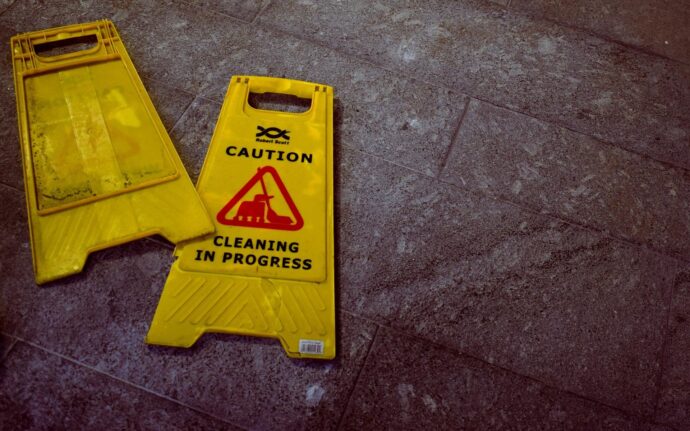
Slip and fall accidents are prevalent, but with the right knowledge and proactive measures, they can be prevented. By recognizing hazardous conditions, understanding human factors, and implementing prevention strategies, we can reduce the risk of these accidents. Whether at home, work, or in public spaces, safety should always be a top priority. So, take action today to make your environment safer for yourself and others, and help prevent unnecessary slip and fall accidents.

